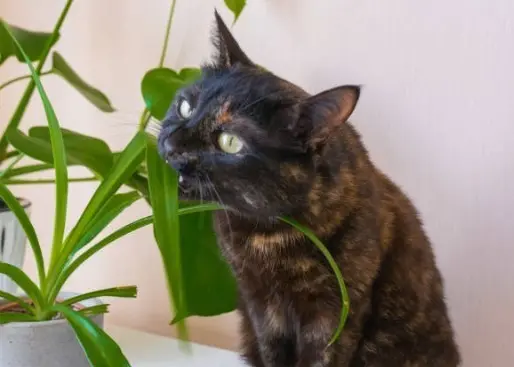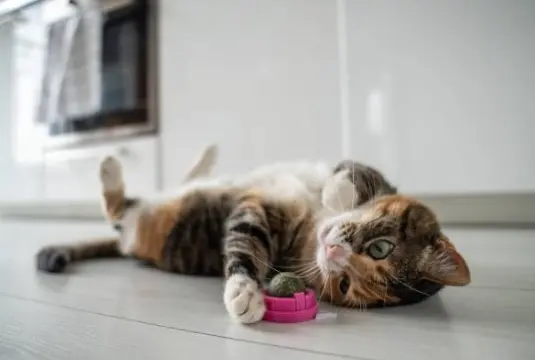Catnip is known for its psychogenic and stimulant effects on domestic cats, but is this herb safe for your feline friend? Take a closer look—and sniff—at catnip by reading our UrgentVet team’s guide.
What is catnip and why are cats attracted to its smell and taste?
Catnip (i.e., Nepeta cataria) is a wild perennial herb and a member of the mint family. In addition to its pleasing effects on your whiskered friend, catnip is used to address human ailments such as diarrhea and cough. Your cat is attracted to this nontoxic plant because it mimics the scent of feline hormones. Interactions with the plant create a temporarily blissful physical and emotional state for approximately 60% of cats.
Catnip stems and leaves contain nepetalactone. When your cat sniffs this compound, it stimulates them, increasing their physical activity, anxiousness, and excitement. When your cat ingests it, nepetalactone can promote sleepiness and lethargy.
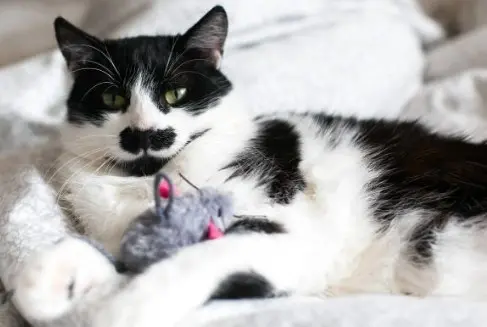
Does catnip provide your cat with health benefits?
Although catnip has no definitive medical uses, chewing fresh catnip may support your whiskered friend’s healthy digestion. Catnip is primarily used as a recreational treat for encouraging playful, often entertaining, behavior. Although some sources claim that social cats have the strongest response to catnip, the herb can be a great way to motivate shy cats to engage in a fun romp or wrestle with a toy.
Alternatively, the herb’s calming effects can help ease a nervous cat’s anxiety (e.g., during travel, relocation, or a stress-induced health issue). In addition, you can offer your furry friend catnip to reward appropriate feline behavior such as using a scratching post, coming when called, voluntarily entering a carrier. The herb can also add enrichment and interest to your cat’s indoor environment.
Are there risks to giving cats catnip?
Catnip is nontoxic, nonaddictive, and generally safe for cats. However, excessive ingestion can lead to hyperactivity, aggression, anxiety, prolonged lethargy, and gastrointestinal (GI) upset. Avoid these risks by controlling your cat’s access to catnip and supervising their behavior with the plant or an herb-stuffed toy. Because some catnip is treated with pesticides or other harmful chemicals, always source your catnip carefully to ensure your whiskered pal’s safety.
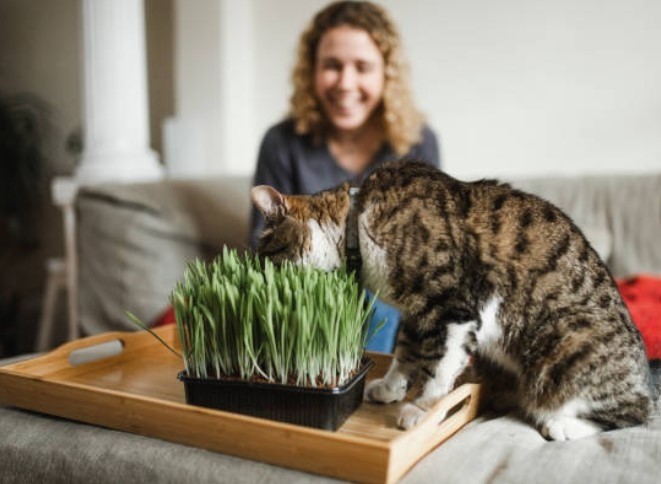
How should I introduce catnip to my cat?
If your cat hasn’t been exposed to catnip, introduce it gradually as you would a new food or treat. Begin by sprinkling a pinch of dried or fresh catnip on a rug, toy, or horizontal scratching mat. Observe your cat’s behavior so you can learn if or how they respond. Catnip’s effects are generally brief, lasting between 10 and 15 minutes. After these behaviors wear off your cat will be resistant to catnip’s effects for 30 to 60 minutes.
What if my cat doesn’t respond to catnip?
If your cat doesn’t react to catnip, it may be genetic. At least a third of cats lack the gene that causes a nepetalactone reaction. If this is the case, try other enrichment activities such as food puzzles, foraging or snuffle mats, and motion-activated toys. Additional factors that can affect your cat’s response to catnip include:
- Age — Kittens are typically resistant to catnip’s effects until they are 3 to 6 months of age.
- Freshness — If your cat isn’t responding to dried catnip, try fresh catnip or vice versa. Store dried catnip in an airtight container to preserve potency.
- Presentation — Catnip toys may not be as strong as the herb itself. Try sprinkling catnip flakes or sprigs on the toy and let your cat investigate.
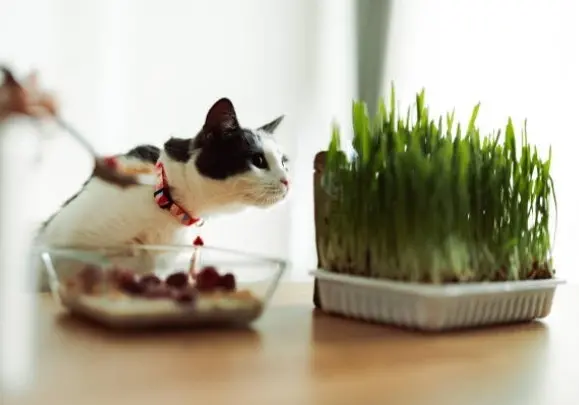
Easy do-it-yourself catnip enrichment toys for cats
Catnip is one of the most affordable and effective ways to entertain and engage your furry pal. To present this enchanting herb to your feline friend, try these simple and fun ideas:
- Totally tubular — Place fresh or dried catnip inside a cardboard toilet paper tube or a paper towel roll cut in half. Fold in the sides and let your cat pounce on their new puzzle.
- Sock it to me — Fill a child’s sock with polyester stuffing and a pinch of catnip. Knot the open end and toss the toy to your cat. Ensure the sock doesn’t have any snags or loose strings your cat could swallow. When your cat has finished a play session with the toy, check it for wear, and put it away.
- Tea towel time — Sprinkle catnip over the center of an unfolded tea or dish towel. Scrunch the towel by pinching it in the center and twisting your wrist. Your cat will go crazy digging through this mesmerizing maze.
- Grow your own — Home-grown catnip is the best and most affordable way to ensure you are providing your whiskered friend with pesticide-free herbs. Catnip makes a great indoor plant that you can grow year-round. However, keep your catnip garden out of your feline friend’s reach unless you are directly supervising them.
Catnip is a fun enrichment product that provides excitement and joy for cats and their owners. If your furry pal is catnip-inclined, this herb is a great way to add interest and novelty to their predictable routine and reduce anxiety during stressful events.
Life with pets is all fun and games until someone gets hurt. Our UrgentVet team provides compassionate after-hours care for those times when life doesn’t play by the rules, especially when your pet has an emergency. Find an UrgentVet location near you and check-in online, because your pet can’t wait to feel better.
